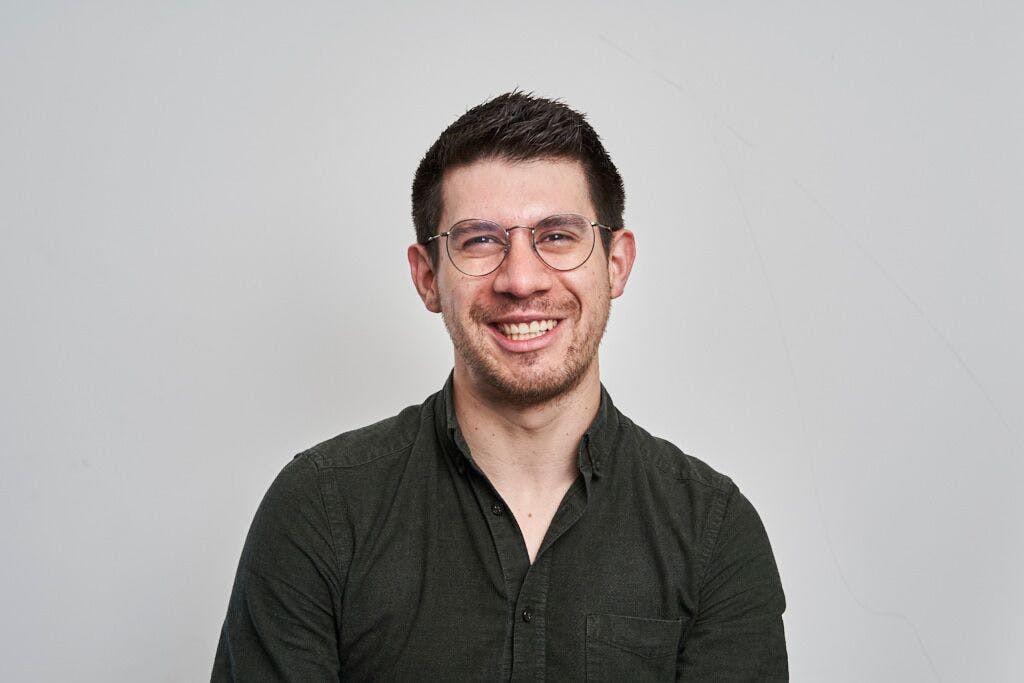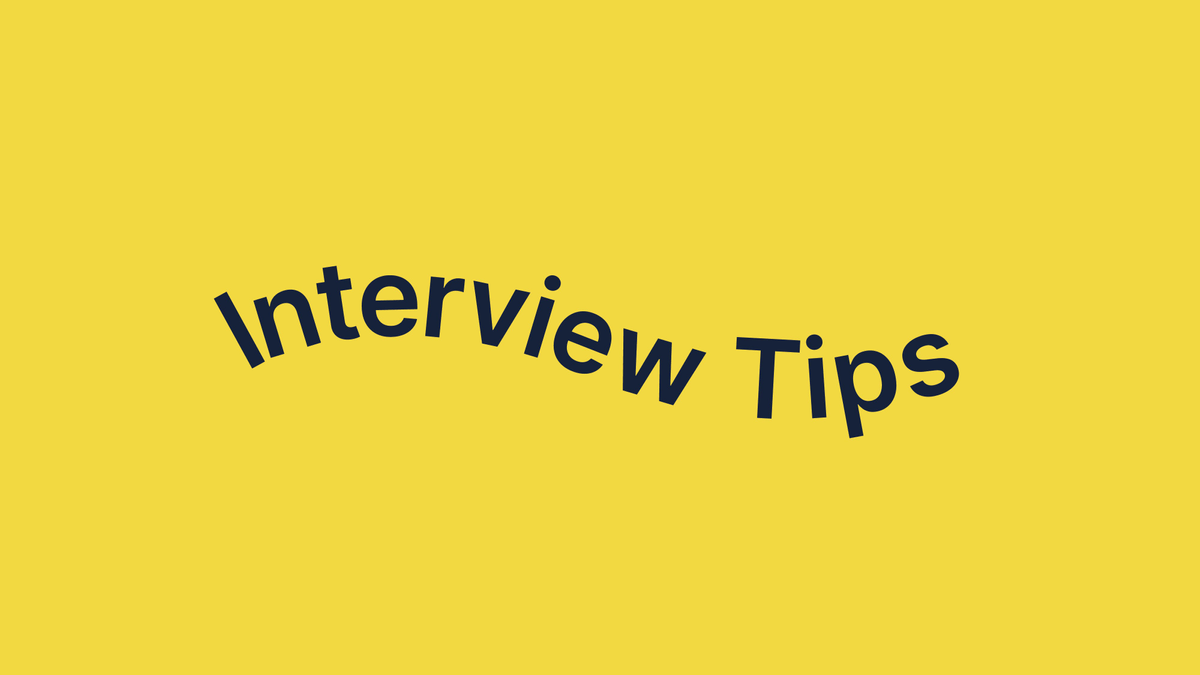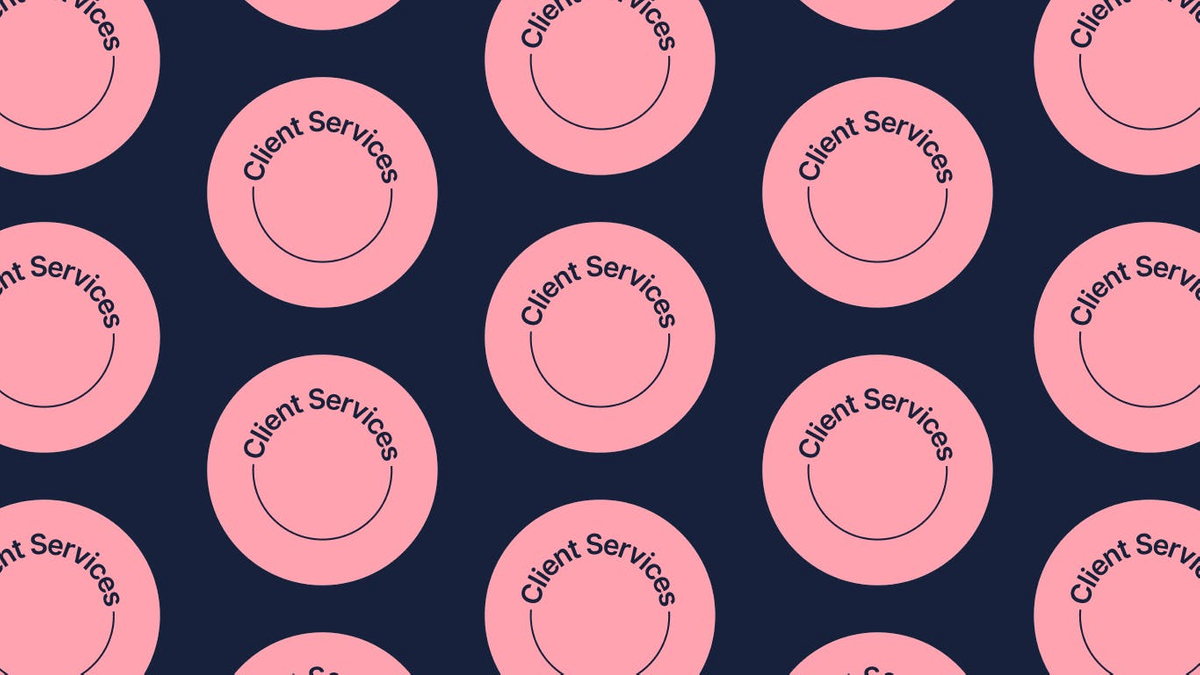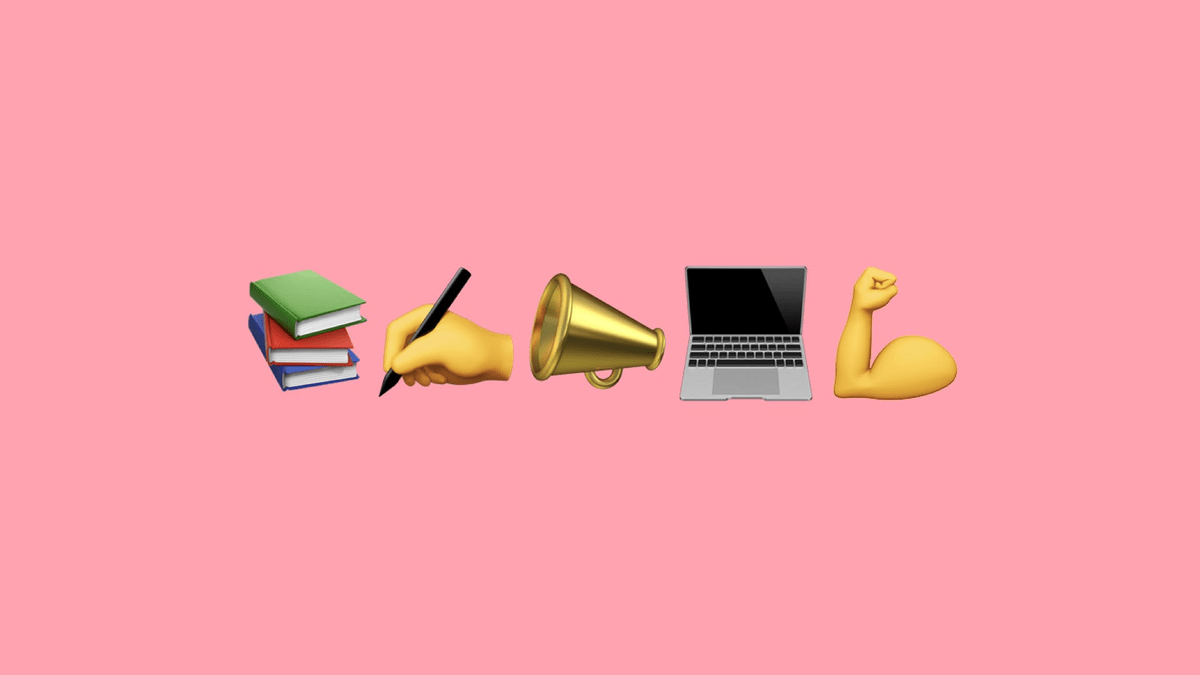Brand Strategist Skills
Words by Virgilio Jarrín, Advisory Associate at Edelman Advisory
— October 2020
Brand strategists are the commercial and organisational brains behind branding and creative agencies. They may wear different hats throughout the day, considering psychology, marketing, sales, innovation, finance, management, etc. when forming ideas. However, a brand strategist primarily looks at the world through the lens of brands and their power in organisations and consumers’ minds.
As opposed to planners (common in advertising, digital, content or PR agencies), brand strategists have a wider remit. One day you could be creating a brand name and future vision for a new tech start-up, the next day you could be working on a company-wide workshop for a leading healthcare company. A strategist often acts as the voice of reason – from the consumer world to the corporate world, and everything in between.
This sounds like a lot… and sometimes it can be intense. But, if you want to become a great brand strategist, these are some top skills that can help you out:
Hard Skills: Master these and you’ll be well on your way
Analytical and Critical Thinking
Thinking is at the centre of what a brand strategist does. You will need to research and analyse different kinds of information and dissect them to find what’s valuable, interesting and beneficial for your project and client. Your thinking must be flexible, adaptive and fast – working through complexity to make sense of the world around you.
When you will use this skill:
This is your 24/7 skill. It will be especially useful at immersion stages at the start of any project when you will have to do desk research (e.g. analysing documents or researching online) and/or primary research (e.g. running a customer survey) to understand the competitive context your client operates in.
Synthesis
The ability to synthesise your thoughts and ideas to build a clear point of view is the added-value you’ll bring to a project. Strategists need to be able to consolidate their findings, highlight the most important insights, and communicate their ideas in a sharp, concise, and simple way. From complexity, you’ll need to bring clarity – taking others through your thought process easily and effectively.
When you will use this skill:
After the research stage, you will need to either brief your team on your findings or show your client the insights you have uncovered. Synthesising will be crucial for both tasks.
Creative Thinking
Even though creatives and designers are masters of creativity, creativity is core to strategists as well. Your thinking needs to be original and fresh. Creativity helps strategists find new perspectives, bring new ideas to the table, uncover unexpected associations, and most importantly, make those leaps from insights to recommendations that will solve clients’ biggest problems. Your mind needs to be sharp with analytical thinking, but it also needs to have free space for some lateral creative thinking.
When you will use this skill:
In brand strategy, when you have to help your client find different approaches to things such as their brand position in the market, creative thinking will help you transform your findings into thought-provoking positioning ideas.
Storytelling
Strategists need to be masters in presenting information visually and verbally, taking people through a journey that will capture their attention and imagination. You’ll need to find the right stimuli and resources to build narratives, cement a strong argument, and engage your audience. Focus on the details that will make the story stronger and keep the big picture in mind at all times: what you’re trying to achieve and what your client needs/ wants.
When you will use this skill:
Every time you deliver an output for a client you will use this skill. You will need to build every document, presentation or workshop you create through storytelling.
Writing
You will need to excel at expressing yourself verbally and using language as your ally in presentations, short documents or long white papers. In creative agencies, you will often be expected to have some copywriting skills as well, capturing brand strategy in simple, powerful and effective expressions.
When you will use this skill:
You will be writing at all times – but especially when you encapsulate brand strategy in documents such as brand manifestos, brand values, purpose and vision statements, or even messaging themes.
Art Directing
Strategy is not just thinking and words. The strategic approaches you define will need to inform the creative development of outputs such as visual brand identities. Sometimes, you may be asked to participate and have a point of view during the creative process. Familiarise yourself with design language and trends so that you can contribute positively to the design phase. This will show your creative colleagues that you respect, understand, and value their part of the process.
When you will use this skill:
Once you help your client define a positioning territory, you will work with the creative team to build its creative expression. Every time that you reconvene with them, you will need to be the strategic eyes on the project, making sure the creative development matches the strategic decision made in previous stages.
Soft Skills: Great to have – but not every brand strategist has them
Empathy
For any professional working in marketing and communications, empathy is fundamental. This will not only help you understand audiences better when you do your research, but it will also help you read your clients’ reactions and feedback better. It starts with listening and actively asking questions to others, and it’s reinforced by always asking yourself: ‘what would this person feel/ think/ do?’.
When you will use this skill:
Whenever you present work to your client you will need to think about them: what they need, why they are doing this, what’s their motivation, what makes them tick, etc. Remember: it’s all about your audience.
Collaboration
The creative industry thrives on collaboration. The better you learn how to work with different types of people, the more innovative, creative, and efficient you will be. Engage others in your projects, tap into others’ talents, divvy up tasks, and play to everyone’s strengths. No good project has ever been done by one person in isolation; it’s a collective effort.
When you will use this skill:
You will always be allocated to a team when working on client projects. Your core team may look like a strategist, an account leader and a creative – so you will need to know how to maximise everyone’s skills and knowledge for the benefit of your client’s project.
Persuasion and Influence
Brand strategists need to be master communicators and as the creative industry is centred around ideas, those communications need to be impactful, persuasive and convincing. You will need to develop your presentation skills and speak, move and act in a way that will lead others to buy into your ideas. Many times you will be in charge of selling the strategy to your clients, so this skill will be fundamental to get buy-in for your work.
When you will use this skill:
We’ve mentioned client meetings – but you will also need to be persuasive when you sell your ideas to your internal team.
Curiosity
Curiosity is the secret skill of a Strategist. The world around you will constantly change and the clients you will be working with will do so as well. A good strategist always keeps their eyes open to the world to learn and reflect on what’s happening around them. Read articles, watch movies, visit museums, meet interesting people, always ask questions. The key is to always see the world with fresh eyes, looking for what’s interesting in everything you look at.
When you will use this skill:
Whenever you’re allocated to a project you will have to dive deeply into your client’s industry. A curious strategist will always find interesting connections and elements.
Words by Virgilio Jarrín. You can find him on Linkedin.
See our latest posts




